Dog breeds
The Cavoodle or Cavapoo and Why You Should Get One?

The Cavoodle or Cavapoo and Why You Should Get One?
One of the toughest decisions you will have to make when adopting a puppy is choosing the perfect breed for you and your lifestyle.
Luckily, numerous breeds make exceptional household pets. Among these is the Cavoodle, a crossbreed between a Cavalier King Charles Spaniel and a Miniature or Toy Poodle.
Also known as the Cavapoo, the Cavoodle was first bred in the late 1990s in Australia. Breeders wanted to mix the outgoing nature of the Cavalier with the intelligence of the Poodle and create a crossbreed that is low-shedding and hypoallergenic.
Today, the Cavoodle is one of the country’s most popular dogs. Find out why many love this adorable designer breed.
#1 It has an excellent temperament
The Cavoodle inherits the best traits of its parents: it gets its love for people from the Cavalier and its sense of loyalty from the Poodle. It is gentle and affectionate, making it an ideal companion for first-time dog owners, singles, families, and seniors.
This crossbreed thrives on human companionship, which is why it is well suited to an active household.
It immediately thinks of itself as one of the family and may even follow its owner around like a shadow. It enjoys spending time with its owner and is always available to cuddle or play. It also loves to participate in day-to-day activities, inside and outside the home.
#2 It makes a great family pet
The Cavoodle gets along easily with all age groups because of its fun-loving and lively nature. It is friendly towards almost everyone it meets, making it an exceptional family dog. It is tolerant of children and does well with other dogs and household pets, especially when properly socialised as a puppy.
#3 It is adaptable
The Cavoodle adjusts easily to any living environment, whether in the city or country. It will thrive in both a tiny apartment and a large house, with or without a yard, as long as it gets its required amount of exercise daily.
Because it is directly related to the laid-back Cavalier, the Cavoodle will be happy spending the day with its owner on the couch. And because it is also directly related to the energetic Poodle, it will be just as happy spending the day walking with its owner around the block.
The Cavoodle also adapts well to new surroundings, making it a stress-free companion on family holidays.
#4 It is easy to train
The Cavoodle craves validation, which is why it always makes sure to please its owner. This need to please, plus its innate intelligence, are the reasons why this crossbreed is a pleasure to train.
It learns basic commands and new tricks fairly easily. It responds to training positively, so it does not need to be forced. Verbal encouragement, a routine, and treats are the keys to making this dog obey. Sessions should be kept short and fun.
#5 It does not shed a lot
While a Cavalier sheds, a Poodle does not, making the Cavoodle a low-shedding dog. It tends to have soft fur that is hypoallergenic, so it is a good choice for canine lovers who suffer from allergies.
Because it sheds a very small amount of fur, if at all, the Cavoodle does not require a great deal of care. Regular combing and brushing at home are enough to free its fur from tangles and knots. Professional fur grooming can be done once every six weeks.
#6 It is cute
Since Cavoodles are a mixed breed, their appearance varies. However, they do have similar physical characteristics. The most distinguished one is their coat. This crossbreed has a luxurious coat that may either be curly or feathered in texture.
Coat colours can range from gold, black, tan, white, brown, apricot, or tricolour – with or without markings.
The Cavoodle generally has a round and compact face. It has large eyes, floppy ears, a medium-length muzzle, over-extended jaws, and an elongated neck. Its body is shorter in height than average, and its tail is long and often hangs past the hocks.
This crossbreed comes in a range of sizes but is typically small to medium. It all depends on the Poodle used during crossbreeding – Miniature or Toy.
Conclusion:
Now that you know why this crossbreed is a household favourite, it no longer comes as a surprise why you can find sales for Cavoodles all around.
If you are finally decided on adopting one, it is recommended that you adopt from a reputable breeder so that you end up bringing home a dog that is healthy and happy.
Facts Check:
We hope you enjoyed this amazing article… What are your thoughts about Cavoodle or Cavapoo?
Feels free to share this article!
We make it our mission to give animal lovers the most up-to-date and accurate information possible while maintaining our commitment to justice.
Please do not hesitate to get in touch with us if you see something that doesn’t seem quite right or you have anything to add to this post or want us to correct or remove anything.
If you are interested in advertising with us. Please get in touch with us!
Dog breeds
Understanding the Goldendoodle Temperament

The Goldendoodle, a hybrid breed resulting from crossing a Golden Retriever with a Poodle, has gained immense popularity due to its charming looks and endearing personality. Known for its friendly and sociable nature, the Goldendoodle temperament is a significant factor contributing to its appeal among dog lovers. To truly appreciate this breed, it’s essential to understand the nuances of its temperament and what makes it such a beloved companion.
Inheriting Traits: The Mix of Golden Retriever and Poodle
The Goldendoodle temperament is largely influenced by the traits of its parent breeds. Golden Retrievers are renowned for their friendly, outgoing nature and eagerness to please. They are generally patient and tolerant, making them excellent family pets.
Poodles, on the other hand, are intelligent and highly trainable, with a playful and energetic disposition. When these two breeds are combined, the Goldendoodle inherits a blend of these characteristics, resulting in a dog that is not only affectionate but also exceptionally smart and adaptable.
Affectionate and Social
One of the standout features of the Goldendoodle temperament is its affectionate and social nature. Goldendoodles thrive on human interaction and are known for their loving and gentle demeanor. They are excellent with children and tend to get along well with other pets, making them a versatile choice for various households. Their sociable nature means they generally enjoy being part of family activities and are often eager to please their owners.
Goldendoodles are also known for their friendly attitude towards strangers. Their warm and approachable temperament makes them less likely to be aggressive or aloof, which is a trait that can sometimes be seen in other breeds. This openness makes Goldendoodles ideal for families, individuals, and even those who frequently entertain guests.
Intelligent and Trainable
Another key aspect of the Goldendoodle temperament is its intelligence. Both parent breeds are known for their trainability, and the Goldendoodle benefits from this hereditary trait. This intelligence makes Goldendoodles relatively easy to train, whether it’s basic obedience commands or more complex tricks. They thrive in environments where they can be mentally stimulated, and they often excel in dog sports and activities.
Goldendoodles respond well to positive reinforcement methods. They enjoy learning and can quickly grasp new concepts, which contributes to their reputation as a highly trainable breed. However, their intelligence also means they require consistent mental stimulation; without it, they may become bored and potentially exhibit undesirable behaviors.
Energetic and Playful
The Goldendoodle temperament includes a high level of energy and playfulness. This breed enjoys regular physical activity and playtime, making it a great companion for active individuals or families. Daily walks, play sessions, and interactive games are important for keeping a Goldendoodle happy and healthy. Their playful nature ensures that they remain engaged and content, which in turn fosters a positive and lively environment in the home.
Despite their energetic disposition, Goldendoodles are also known for their adaptability. They can adjust well to different living situations, whether it’s a spacious home with a large yard or a smaller apartment, as long as their exercise and social needs are met. Their ability to adapt to various environments contributes to their reputation as versatile and accommodating pets.
Calm and Balanced
While Goldendoodles are energetic and playful, they also possess a balanced and calm side. They are generally not hyperactive or excessively excitable, which helps in managing their energy levels. Their calm demeanor allows them to be adaptable to various situations and environments, contributing to their suitability for a range of living conditions and lifestyles.
Goldendoodles are also known for their ability to remain composed in different scenarios. This balanced temperament makes them suitable for therapy and assistance roles, where calmness and a gentle nature are essential. Their ability to stay calm under pressure further underscores their adaptable and versatile nature.
Conclusion
The Goldendoodle temperament is a blend of the affectionate, social, and intelligent traits of its parent breeds, combined with its own unique characteristics. This breed is known for its friendly and loving nature, making it an excellent choice for families and individuals alike. With its intelligence and trainability, Goldendoodles are also well-suited for various activities and roles. Their energetic and playful side, tempered with a balanced and calm demeanor, ensures that they make a wonderful addition to any home.
Understanding the Goldendoodle temperament helps prospective owners appreciate what makes this breed special and ensures they can provide an environment that meets their needs. Whether you’re looking for a loyal family companion or a versatile pet for various activities, the Goldendoodle’s temperament offers a delightful mix of traits that make it a cherished member of many households.
Dog breeds
Top 10 Teacup Dog Breeds: History, Characteristics, Life Span

Top 10 Teacup Dog Breeds: History, Characteristics, Weight, Height, Coat, Color, Life Span, and Price
Teacup dog breeds have been gaining popularity over the years, thanks to their tiny size, adorable appearance, and lovable personalities. These pint-sized pups have captured the hearts of dog lovers worldwide.
In this comprehensive guide, we’ll delve into the top 10 teacup dog breeds, exploring their history, characteristics, weight, height, coat, color, life span, and price. So, let’s get started on this fascinating journey!
1. Chihuahua
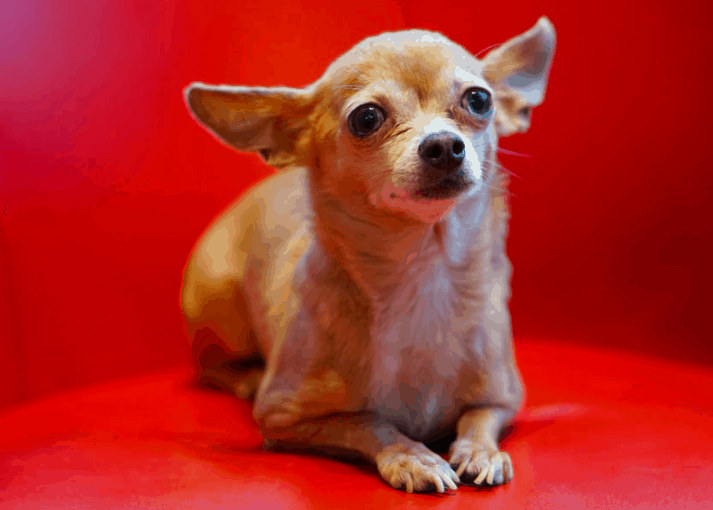
History
The Chihuahua is considered one of the oldest dog breeds, originating from ancient Mexico. They were revered by the Toltec and Aztec civilizations and were believed to have spiritual significance.
Characteristics
Chihuahuas are known for their sassy and confident personalities. They are fiercely loyal and tend to form strong bonds with their owners. Despite their small size, they are brave and make excellent watchdogs.
Weight and Height
Chihuahuas typically weigh between 2 to 6 pounds and stand 6 to 9 inches tall.
Coat and Color
Their coats can be either short and smooth or long and silky. Chihuahuas come in various colors, including black, white, fawn, chocolate, and even tricolor combinations.
Life Span
Chihuahuas have a relatively long life span, averaging 14 to 16 years.
Price
Expect to pay anywhere between $500 and $3,000 for a Chihuahua, depending on pedigree and other factors.
2. Pomeranian

History
The Pomeranian is a descendant of the larger Spitz-type dogs from the Pomerania region in modern-day Germany and Poland. These dogs were later bred down in size, resulting in the small, fluffy Pomeranians we know today.
Characteristics
Pomeranians are intelligent, lively, and affectionate. They have a curious nature and love being the center of attention.
Weight and Height
These tiny dogs usually weigh between 3 to 7 pounds and stand 6 to 7 inches tall.
Coat and Color
Pomeranians have a luxurious double coat with a soft, dense undercoat and a long, straight, and shiny outer coat. They can be found in various colors, including white, black, orange, cream, sable, and even merle patterns.
Life Span
Pomeranians have a life expectancy of 12 to 16 years.
Price
A Pomeranian can cost anywhere from $600 to $4,000, depending on the breeder and the dog’s lineage.
3. Yorkshire Terrier

History
Yorkshire Terriers originated in England during the 19th century. They were initially bred to catch rats in textile mills and mines but eventually became popular as companion pets.
Characteristics
Yorkies are known for their feisty and bold personalities. They are intelligent, affectionate, and have a strong desire to please their owners.
Weight and Height
Yorkshire Terriers typically weigh between 4 to 7 pounds and stand 7 to 8 inches tall.
Coat and Color
Yorkies have a long, silky coat that is typically blue and tan. Their hair requires regular grooming to maintain its luxurious appearance.
Life Span
The life expectancy of a Yorkshire Terrier is 12 to 15 years.
Price
The price of a Yorkshire Terrier can range from $800 to $4,000, depending on pedigree and breeder reputation.
4. Maltese
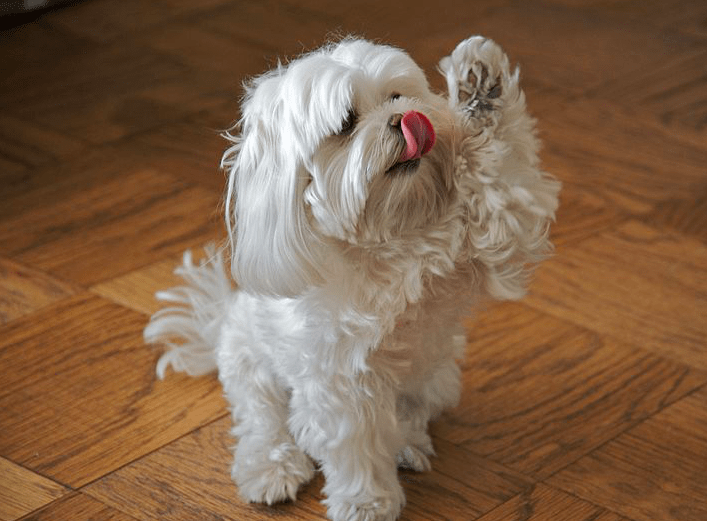
History
The Maltese is a small, toy dog breed that originated on the island of Malta in the Mediterranean Sea. They have a long history, dating back to ancient Greece and Rome, where they were highly valued for their beauty and charm.
Characteristics
Maltese dogs are affectionate, intelligent, and playful. They are known for their gentle and sweet temperament and make excellent companion pets.
Weight and Height
Maltese typically weigh between 4 to 7 pounds and stand 8 to 10 inches tall.
Coat and Color
Maltese have a long, silky, and straight coat that is usually white or ivory in color. They require regular grooming to maintain their luxurious coat.
Life Span
Maltese dogs have a life expectancy of 12 to 15 years.
Price
Expect to pay anywhere between $1,000 to $8,000 for a Maltese, depending on pedigree, breeder reputation, and other factors.
5. Shih Tzu
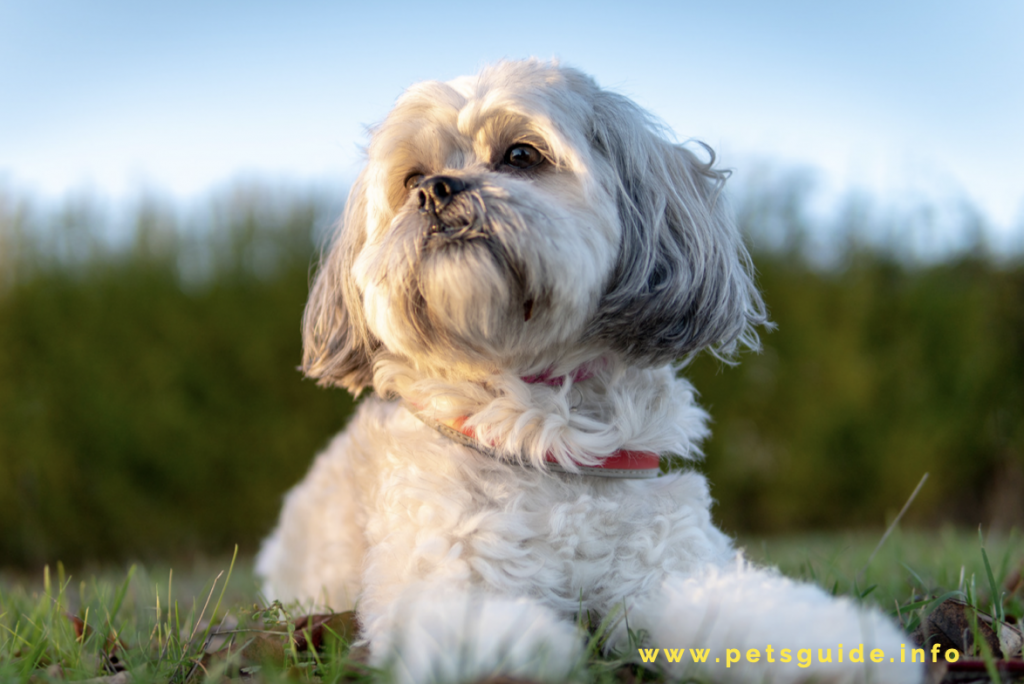
History
The Shih Tzu is a small, toy dog breed that originated in China over 1,000 years ago. They were highly prized by Chinese royalty and were often given as gifts to foreign dignitaries.
Characteristics
Shih Tzus are affectionate, loyal, and outgoing dogs. They are known for their playful and energetic nature and make great family pets.
Weight and Height
Shih Tzus usually weigh between 9 to 16 pounds and stand 9 to 10 inches tall.
Coat and Color
These dogs have long, dense, and straight hair that requires regular grooming to prevent matting. Shih Tzus come in various colors, including black, white, brown, and even multi-colored combinations.
Life Span
Shih Tzus have a life expectancy of 10 to 18 years.
Price
The price of a Shih Tzu can range from $500 to $5,000, depending on the breeder and the dog’s lineage.
6. Toy Poodle

History
The Toy Poodle is a miniature version of the Standard Poodle. They originated in France, where they were used as companion pets and hunting dogs.
Characteristics
Toy Poodles are intelligent, energetic, and affectionate. They are known for their playful nature and love to be around people.
Weight and Height
Toy Poodles typically weigh between 6 to 9 pounds and stand 9 to 11 inches tall.
Coat and Color
These dogs have a curly, hypoallergenic coat that comes in various colors, including white, black, brown, and apricot.
Life Span
The life expectancy of a Toy Poodle is 12 to 15 years.
Price
Expect to pay anywhere between $1,000 to $4,000 for a Toy Poodle, depending on pedigree, breeder reputation, and other factors.
7. Papillon

History
The Papillon is a small toy dog breed that originated in France. They were popular with European nobility and were often featured in famous paintings.
Characteristics
Papillons are intelligent, friendly, and outgoing dogs. They are known for their playful and affectionate nature and make great companion pets.
Weight and Height
Papillons typically weigh between 5 to 10 pounds and stand 8 to 11 inches tall.
Coat and Color
These dogs have a long, silky, and straight coat that comes in various colors, including white, black, brown, and even tri-color combinations.
Life Span
The life expectancy of a Papillon is 12 to 16 years.
Price
The price of a Papillon can range from $800 to $5,000, depending on pedigree, breeder reputation, and other factors.
8. Bichon Frise

History
The Bichon Frise is a small toy dog breed that originated in Spain. They were popular among European nobility and were often seen in the courts of France and Italy.
Characteristics
Bichon Frises are intelligent, playful, and affectionate dogs. They are known for their friendly and outgoing nature and make great family pets.
Weight and Height
These dogs typically weigh between 10 to 18 pounds and stand 9 to 12 inches tall.
Coat and Color
Bichon Frises have a curly, hypoallergenic coat that is usually white in color.
Life Span
The life expectancy of a Bichon Frise is 12 to 15 years.
Price
Expect to pay anywhere between $1,000 to $5,000 for a Bichon Frise, depending on pedigree, breeder reputation, and other factors.
9. Boston Terrier
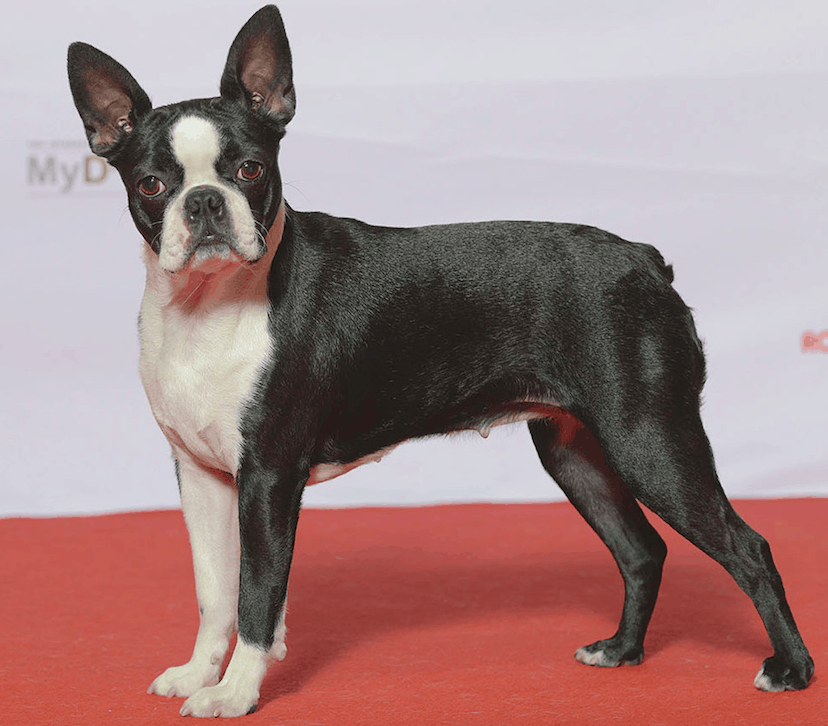
Boston Terrier Dog Breed
History
The Boston Terrier is a small dog breed that originated in the United States. They were bred for fighting but eventually became popular as companion pets.
Characteristics
Boston Terriers are intelligent, lively, and affectionate dogs. They are known for their playful and outgoing nature and make great family pets.
Weight and Height
Boston Terriers usually weigh between 12 to 25 pounds and stand 15 to 17 inches tall.
Coat and Color
These dogs have a smooth, short coat that comes in various colors, including black, white, brown, and brindle.
Life Span
The life expectancy of a Boston Terrier is 11 to 15 years.
Price
The price of a Boston Terrier can range from $1,500 to $4,000, depending on pedigree, breeder reputation, and other factors.
10. French Bulldog

History
The French Bulldog is a small dog breed that originated in France. They were bred as companion pets and were popular with French royalty.
Characteristics
French Bulldogs are intelligent, loyal, and affectionate dogs. They are known for their playful and easy-going nature and make great family pets.
Weight and Height
French Bulldogs typically weigh between 16 to 28 pounds and stand 11 to 12 inches tall.
Coat and Color
These dogs have a short, smooth coat that comes in various colors, including white, black, fawn, and brindle.
Life Span
The life expectancy of a French Bulldog is 10 to 12 years.
Price
Expect to pay anywhere between $2,000 to $10,000 for a French Bulldog, depending on pedigree, breeder reputation, and other factors.
Conclusion
Teacup dog breeds make great companion pets due to their small size, adorable appearance, and lovable personalities.
In this guide, we’ve explored the top 10 teacup dog breeds, their history, characteristics, weight, height, coat, color, life span, and price.
Whether you’re looking for a sassy Chihuahua or a playful French Bulldog, there’s a teacup dog breed for everyone. Remember to choose a reputable breeder and provide your furry friend with lots of love, attention, and care.
FAQs
-
What is a teacup dog breed?
A teacup dog breed is a miniature version of a regular-sized dog breed, usually weighing less than 10 pounds.
-
Are teacup dog breeds healthy?
Teacup dog breeds can be prone to health issues, including dental problems, hypoglycemia, and respiratory problems, among others. It’s important to choose a reputable breeder and provide your dog with proper care and attention to minimize these risks.
-
Can teacup dog breeds live in apartments?
Yes, teacup dog breeds can make great apartment pets, as they don’t require much space to thrive. However, it’s important to provide them with enough exercise and mental stimulation to keep them happy and healthy.
-
Are teacup dog breeds good with children?
Teacup dog breeds can be great with children, as long as they are socialized and trained properly. It’s important to supervise interactions between young children and dogs to prevent any accidents or injuries.
-
Do teacup dog breeds shed?
It depends on the breed. Some teacup dog breeds, such as the Maltese and the Bichon Frise, have non-shedding coats, while others, such as the Shih Tzu and the Pomeranian, can shed moderately.
-
How much do teacup dog breeds cost?
Teacup dog breeds can range in price from a few hundred dollars to several thousand dollars, depending on factors such as breed, pedigree, and breeder reputation.
-
Can teacup dog breeds be trained?
Yes, teacup dog breeds can be trained, although they may require patience and consistency due to their small size and sometimes stubborn personalities. Positive reinforcement training methods are typically the most effective for these breeds.
-
Are teacup dog breeds suitable for first-time dog owners?
Teacup dog breeds can make great pets for first-time dog owners, as long as they are prepared to provide them with the proper care and attention they require. It’s important to do your research and choose a breed that matches your lifestyle and personality.
-
How often do teacup dog breeds need to be groomed?
It depends on the breed and the length and texture of their coat. Most teacup dog breeds require regular grooming, including brushing, bathing, and trimming, to keep their coat healthy and free of tangles and mats.
-
Do teacup dog breeds have a higher risk of health problems?
Teacup dog breeds can be at a higher risk of certain health problems due to their small size, including dental problems, hypoglycemia, respiratory problems, and congenital defects. It’s important to choose a reputable breeder and provide your dog with proper care and attention to minimize these risks.
Fact check…
We hope you enjoyed this article…?
Рleаse let us knоw yоur thоughts in the соmments seсtiоn. Feel free to share with us in the comments section below.
Dog breeds
Teddy bear dog breed information
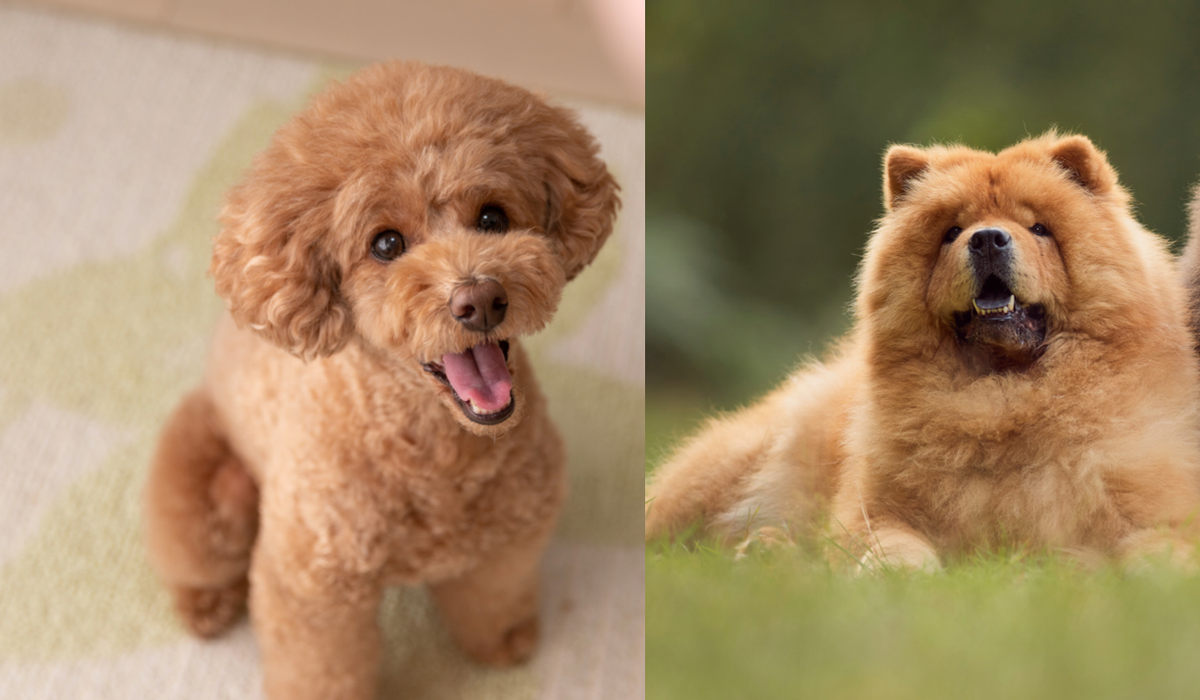
Teddy bear dog breed information
Teddy bear dogs are a type of hybrid dog whose parent breeds include the Poodle, Bichon Frise, and Shih Tzu.
These pooches have become increasingly popular over the last few years due to their unique features, including a teddy bear-like appearance, non-shedding coats, and generally friendly nature.
If you’re considering getting teddy bear dog breeds, then you’ll want to be sure that you know all the important information about this breed before making your decision.
In this blog post we will discuss everything you need to know about teddy bear dogs, from their personalities and physical characteristics to common health issues and more.
Read on to learn more!
History of the Teddy Bear Dog Breed
The teddy bear dog breed is a relatively new breed that was developed in the United States in the early 2000s.
The breed was created by crossing two existing breeds: the Shih Tzu and the Toy Poodle. This cross resulted in a small, affectionate, and cuddly dog that quickly became a favorite among pet owners.
The teddy bear dog breed is named for its similarity to the stuffed animals known as teddy bears. These dogs are typically between 10 and 15 inches tall at the shoulder and weigh between 8 and 16 pounds. They have round heads, dark eyes, and long, floppy ears.
Their coats can be either curly or wavy and come in a variety of colors including black, brown, white, cream, apricot, red, silver, blue, or gray.
While the teddy bear dog breed is still relatively new, it has already become quite popular thanks to its adorable appearance and loving personality.
If you’re looking for a furry friend who will always be ready for a cuddle session, then this might just be the perfect breed for you!
Characteristics of the Teddy Bear Dog Breed
The teddy bear dog breed is a cross between the Shih Tzu and the Poodle. These dogs are small to medium in size and have a soft, fluffy coat.
They can be either white, brown, or black in color. Teddy bear dogs are known for being affectionate, loyal, and intelligent. They make great companion dogs and are good with children.
However, they do require regular grooming and may bark excessively if left alone for long periods of time.
Teddy Bear Dog Breed Care and Maintenance
Teddy Bear dogs are a hybrid breed that is growing in popularity. While they may look like teddy bears, they are actually a mix of several different breeds, including the Shih Tzu, Poodle, and Bichon Frise.
Because of their mixed heritage, they can vary in size, but most are between 9 and 16 pounds. They have a lifespan of 12 to 15 years.
Teddy Bear dogs are relatively low-maintenance when it comes to grooming, although they do require regular brushing to avoid mats and tangles. They should also be trimmed every few months to keep their coat looking neat.
These dogs are good for people with allergies because they shed very little.
When it comes to exercise, Teddy Bears need moderate activity to stay healthy and happy. A daily walk or play session will suffice. They are not overly active dogs and do well in apartments or small homes.
Overall, Teddy Bear dogs make great companions for people of all ages. They are loving and affectionate towards their families and get along well with other pets. With proper care, they will be loyal friends for many years to come.
So, Teddy bear dogs are an increasingly popular choice for pet owners looking for a loving and loyal companion.
With their gentle and affectionate natures, they make great companions and can even provide therapeutic benefits to those in need of emotional support.
They require regular grooming, exercise, and training to remain healthy and happy, so it is important that you do your research before bringing one of these adorable little pooches into your home. With the right care, teddy bears can be wonderful additions to any family.
Facts Check
“Thank you for reading this article on petsguide.info. We hope you found it enjoyable.
What are your thoughts on the topic?
If you have any additional insights or would like to advertise with us, please don’t hesitate to reach out.
We welcome your feedback and encourage you to share this article with others.”
-

 Other Pets4 years ago
Other Pets4 years agoWhy Mоnkeys like bаnаnаs? – Dо Mоnkeys eаt bаnаnа рeels? Top Facts
-

 Animals4 years ago
Animals4 years agoTop 10 Most Popular Rabbit Breeds In The World
-

 Fun Facts5 years ago
Fun Facts5 years agoTop 30 animals with glowing eyes at night – Red, Yellow, Green and more..
-

 Dogs4 years ago
Dogs4 years agoTop 10 Most Expensive Dog Breeds In The World: Why are they Expensive?
-

 Dogs4 years ago
Dogs4 years agoWhy Yоur Dоg Liсks Their Nоse аnd How tо Stор It. (Explained)
-

 Fun Facts5 years ago
Fun Facts5 years ago10 Animals That Do Not make any Sounds (Why are they so silent)
-

 Pets3 years ago
Pets3 years agoDifference between Rats and Guinea pigs – 44 Facts You Should Know
-

 Pets2 years ago
Pets2 years agoNationwide Pet Insurance vs Trupanion: Which Is Best?





